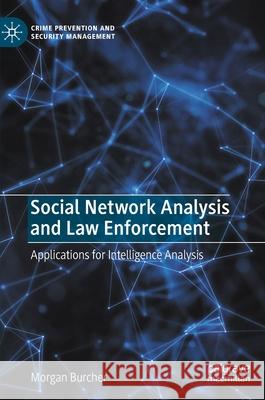Social Network Analysis and Law Enforcement: Applications for Intelligence Analysis » książka
topmenu
Social Network Analysis and Law Enforcement: Applications for Intelligence Analysis
ISBN-13: 9783030477707 / Angielski / Twarda / 2020 / 195 str.
Social Network Analysis and Law Enforcement: Applications for Intelligence Analysis
ISBN-13: 9783030477707 / Angielski / Twarda / 2020 / 195 str.
cena 467,99 zł
(netto: 445,70 VAT: 5%)
Najniższa cena z 30 dni: 462,63 zł
(netto: 445,70 VAT: 5%)
Najniższa cena z 30 dni: 462,63 zł
Termin realizacji zamówienia:
ok. 20 dni roboczych.
ok. 20 dni roboczych.
Darmowa dostawa!
Kategorie:
Kategorie BISAC:
Wydawca:
Palgrave MacMillan
Seria wydawnicza:
Język:
Angielski
ISBN-13:
9783030477707
Rok wydania:
2020
Wydanie:
2020
Numer serii:
000382191
Ilość stron:
195
Waga:
0.43 kg
Wymiary:
21.01 x 14.81 x 1.6
Oprawa:
Twarda
Wolumenów:
01
Dodatkowe informacje:
Wydanie ilustrowane











